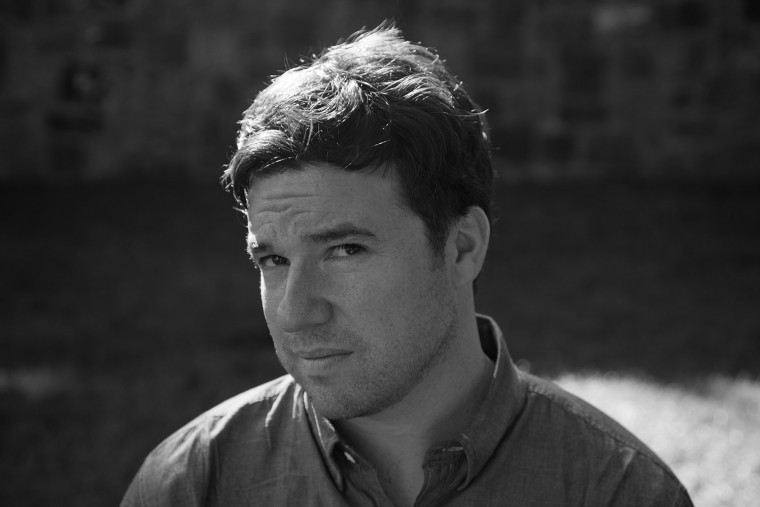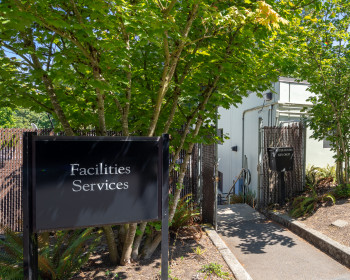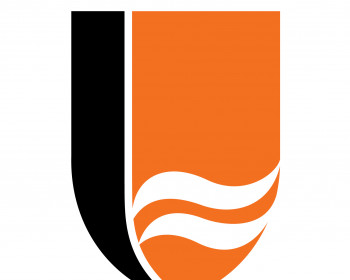Q&A With Assistant Professor Joel Wellington Fisher
Open gallery

The following Q&A is part of a series created by the college dean’s office to introduce new faculty. Get to know Assistant Professor of Art Joel Wellington Fisher, who joins the faculty this fall, in the interview below.
Education: MA 2006 Rhode Island School of Design; 2003 Professional Photography Program; BA 1997 University of New Hampshire
Research and Teaching Interests: Photography
What most excites you about joining the L&C community?
In many ways growing up and attending high school in a liberal arts college town enriched my childhood, and in every way my liberal arts education shaped me as an artist and educator.
When visiting and interviewing at Lewis & Clark, I was struck by the level of criticality, engagement, and overall warmth with everyone I came in contact with. What excites me most about joining the Lewis & Clark faculty is becoming part of and contributing to a liberal arts college community where I will grow as an educator, colleague, and artist.
Describe the current trajectory of your scholarly research.
In my collaborative practice I have been working in and around Detroit and Pontiac, Michigan, and Toledo, Ohio. About two and a half years ago my collaborator and I asked a former mentor to send us to somewhere, anywhere (within budget) to work for about a month without telling us where we were going.
We were interested in breaking down our individual practice and developing a new collaborative working method that would be based on happenstance and response to wherever we would end up, and with fewer preconceived, previsualized concepts around developing work based on people, place, or thing. Thinking our former mentor would be kind and send us someplace warm during the winter break, we packed very little other than a few changes of clothes and photographic and video equipment. Little did we know that we would end up in Pontiac, Michigan, working and living in an unused, unheated auxiliary gallery of a local contemporary art museum.
Honestly, the work we made on this first trip wasn’t very good, but we were able to break down how we had been working as individuals and began to develop a new and exciting way of generating images. Now titled Landmark, the work involves subject matter in chance encounters within spaces happened upon that reflect an invigorating and prosperous backdrop that is often perceived and represented by our contemporaries as vacant and a consequence of economic uncertainty. The imagery aims to investigate a neo-American landscape in a way that doesn’t literally speak to shrinking cities or abandoned spaces, but rather exists as a reflection of prospect.
Aside from recent collaborative work, my individual practice has somewhat come full circle. As I began to make photographs at the urging of one of my poetry professors, I have returned to linking words and images in a book project that aims to dismantle the text of two writers, a poet and a novelist, whose existential pieces are based somewhat on looking back at their creative work toward the end of their lives.
My intent is to create a dialogue about being an artist by literally cramming the poem and novel together into one text. The fused poem/novel then will inform and influence a third text and generation of photographs. The work, very much in initial stages, aspires to link text and image through the synchronization of form, composition, and tone, but function independently from one another in a nonillustrative structure.
What kind of hobbies or special activities do you enjoy outside of work?
After graduating from the University of New Hampshire with a BA in English and psychology, I worked seasonally as a bartender on the coast of Maine for about 10 years so that in the off-season I could travel, make pictures, read, write, and ski/snowboard. Life in my 20s was about expanding upon my liberal arts education by taking what I had learned in college and applying it to the cultivation of life experience.
Outside of my work as an artist and educator, my interests are still very much the same–minus the bartending. As I am mainly a non–studio–based photographer, I travel a lot. When I am traveling and not working, I enjoy looking at art, seeing films, eating foods I love, trying foods I am not sure about yet, drinking good coffee, reading about local history and lore, and just walking and looking. When I am home and not in my studio working on postproduction and printing, I like to drink good coffee, reread anything by W.G. Sebald, and go for long bicycle rides with a point and shoot camera.
What were your childhood goals/aspirations?
Earliest childhood goal that I can remember was to go to the city court to change my name to Michael (I had two friends named Michael and thought I should be a third), but once I realized, or rather was told I couldn’t change my name, I decided I would open a bike shop.
What are you listening to in your car right now?
This American Life #468, “Switcheroo.” Before leaving NYC this week, I downloaded about over 100 podcasts, mostly NPR shows.
What was your favorite childhood story?
I loved the Curious George books when I was a kid. Perhaps because it was read to me when I was four and in the hospital being treated for scarlet fever, my favorite was the story of George swallowing the puzzle piece and being taken to the hospital by the man with the yellow hat. Apparently when I got better, I asked to see my X-ray.
More The Source Stories
email source@lclark.edu

